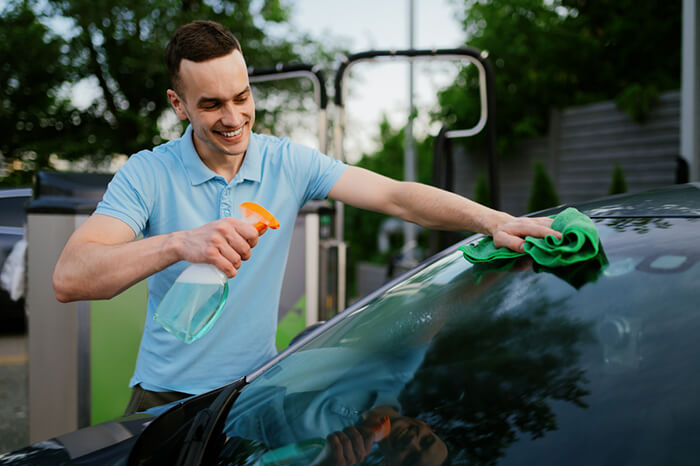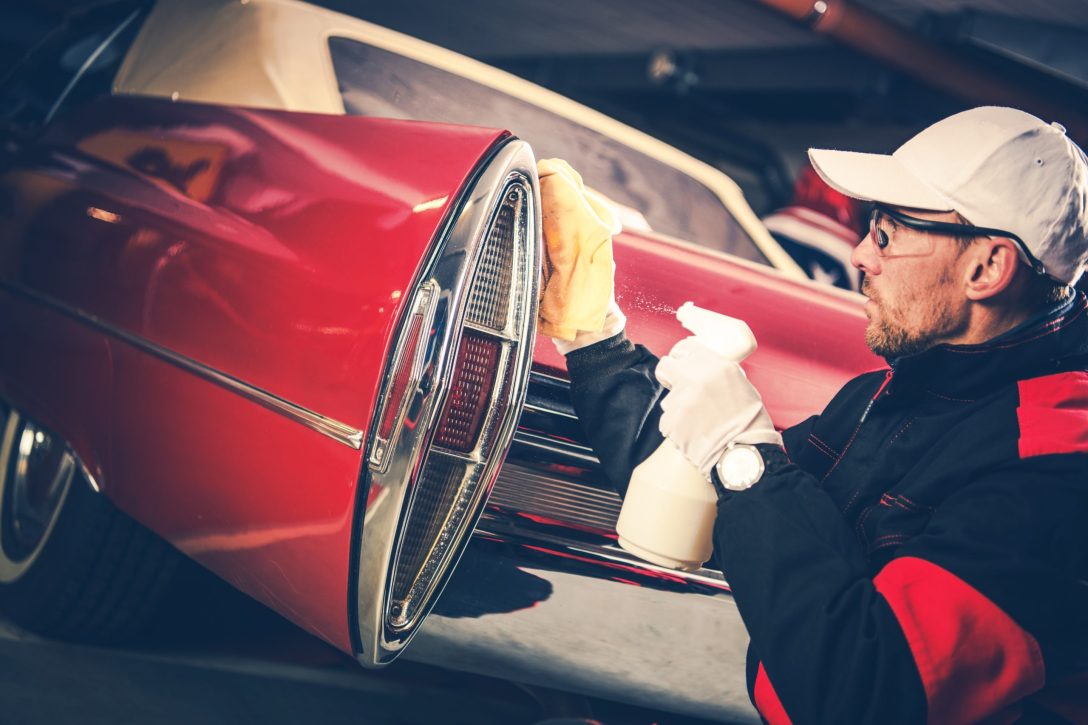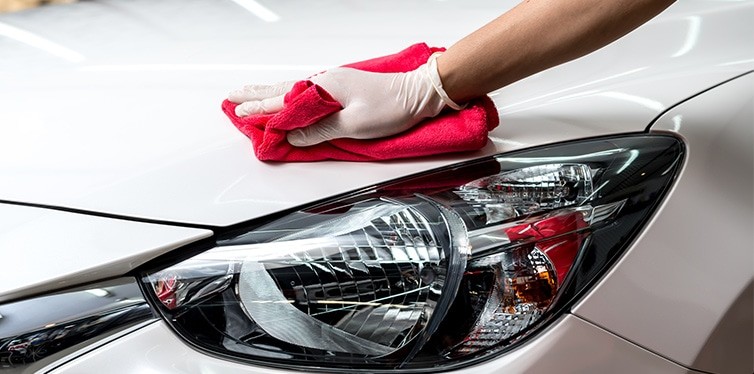Dealing with some kinks can be such work but it’s all worth it. Although, there can be hints on how to do away with your kinks. Car detailing can be done or your can do-it-yourself.
- If you wanted to wash the wipers of your windshield, use a mitt of a sponge reserved for applications which are harsh to the surface. You can make your windshields last a little longer by occasionally applying dressing treatments. You should wipe off the excess treatment residues so that it won’t dry on that surface. Windshield wipers are expected to help car owners in times of rain and snow, more reason to take care of it upon detailing.
- If you have a car that’s newly painted or has been repainted, consult the person who painted your car regarding the longevity of the wax that was put on your car because of the view that newly applied paints needs to be cured first to give way for solvents to dissipate as part of the entire process of detailing. If you “accidentally” applied wax even if the paint is not yet “cured” then the wax itself will interfere with the entire process of dissipation. New cars are exempted with this crucial period because owner can choose not to wait for waxing to be done because the paint of a newly bought car is cured inside ovens of factories that made the car.
- Use graphite oil for the mast of your antenna. Graphite coating will make lowering and raising more efficient without any signs of blockage and this will further make the electric unit become more reliable. This is most effective especially if you’re having a difficult time with your car’s antenna.
- When you are at that point of cleaning your car’s glass either interior or exterior, make a vertical motion if you are wiping the exterior and use a horizontal motion in the interior. In these motions, you are sure that cleaning is more effective than what you ordinarily do. If you have any signs of streaking, surely, it’s not necessary to guess the side being streaked.
- Spray products must be applied on a cloth rather than to the surface that’s being treated. In this case, you prevent smudges of unnecessary spray parts. You can prevent spraying nearby areas which will become an additional concern and add up to your work. You have to make sure that the cloth you use is gentle and soft enough so that scratches will not be evident.
- To inspect the finish of your car, you can use the loupe of photographers which can magnify set ups of glass to be at the distance given on a surface. This will give you further insight on the paint job that you have done. You will observe more of what’s not seen.
- In terms of decals, frames of license plates, stickers at bumpers and other distractions are not advised in a car that is well-detailed. This will just destroy the car’s overall feature and will give other meaning to the fact that the car is something made out of good detailing.
- Once you see bird droppings, attend to the cleaning at once. The contents of their dropping are harmful to your car’s paint. Who would want bird droppings on their newly painted car? Nobody is amused by that right? This is also one reason why you need to wax your car because it will definitely protect your car from being damaged. Car detailing must be your first priority.



